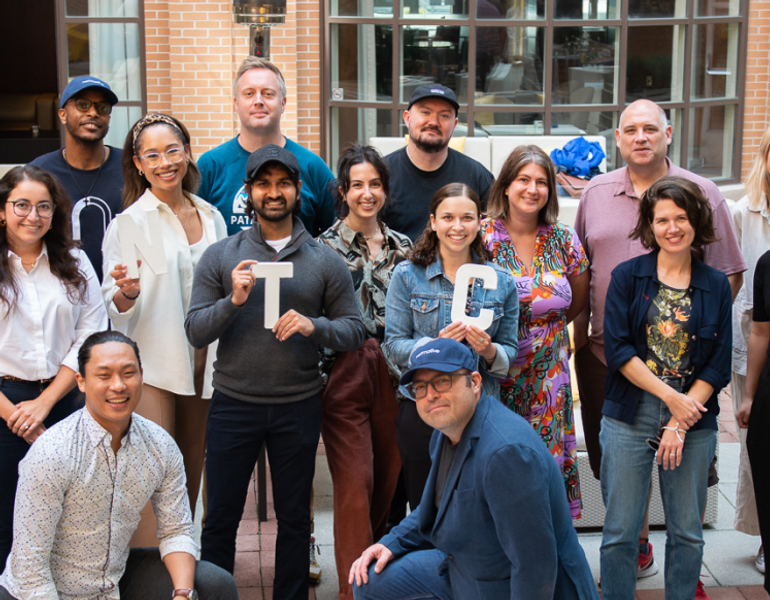The Risks of User-Only-Centered Design
Being at the centre of something implies that the ‘centre’ is prioritized over what surrounds it.
If the thing at the centre is a ‘user’, then being focused on the user implies that everything around it is just background noise. The only thing that matters is user behaviour and UX testing.
Finding and Creating a Customer
As innovators we can’t afford to think this way. We need to look beyond users to potential customers. This is an idea inspired by Peter Drucker. Unlike management thinkers who believe a company’s only purpose is to make a profit, Drucker believed its sole purpose is to create a customer. He saw business in terms of human relationships and experiences, not numbers on a balance sheet. He prioritized people over products.
We agree with this idea, and to back it up, we rely on customer development as well as product development. The customer development process, as described by Steve Blank in his book The Four Steps to an Epiphany, builds on Drucker by saying that the job of a company - or in our case, an innovation - is to find a customer.
Prioritizing People over Products
Traditionally the focus has not been on customer development but on product development. It’s often done with little customer input. Take the online grocery space. Back when the Internet was still in diapers, online grocery shopping was not set up by grocers but by technology companies that were flush with cash from investors who were anxious to get in on the dot-com craze. In this case, the ‘thing’ at the centre was the Internet itself. It wasn’t even about users, let alone customers. The business model was unproven. The customer was not validated. Investment was driven by hype, not reality. When the dot-com bubble finally burst in 2000, early entrants like Webvan and Homegrocer quickly went belly-up or were sold for pennies on the dollar.
Another example well illustrated by the father of Customer Development methodology, Steve Blank in his book, ‘Four Steps to the Epiphany’ is the early experiment in online retail, Design Within Reach. The original assumptions and hypotheses were based on a growing appreciation and demand for mid-century modern design. It listened to customers. Each successive catalogue was fine-tuned and adjusted in response to customer feedback on the previous one. The result was appreciation in the form of a steadily growing customer base and larger and larger order sizes.
The point is there is a difference between a user and a customer. The former is considered within a very narrow context: product usage. The latter is considered within the broader context of actual needs, preferences, and influences discovered through validation. You can guess which approach is more likely to succeed.




